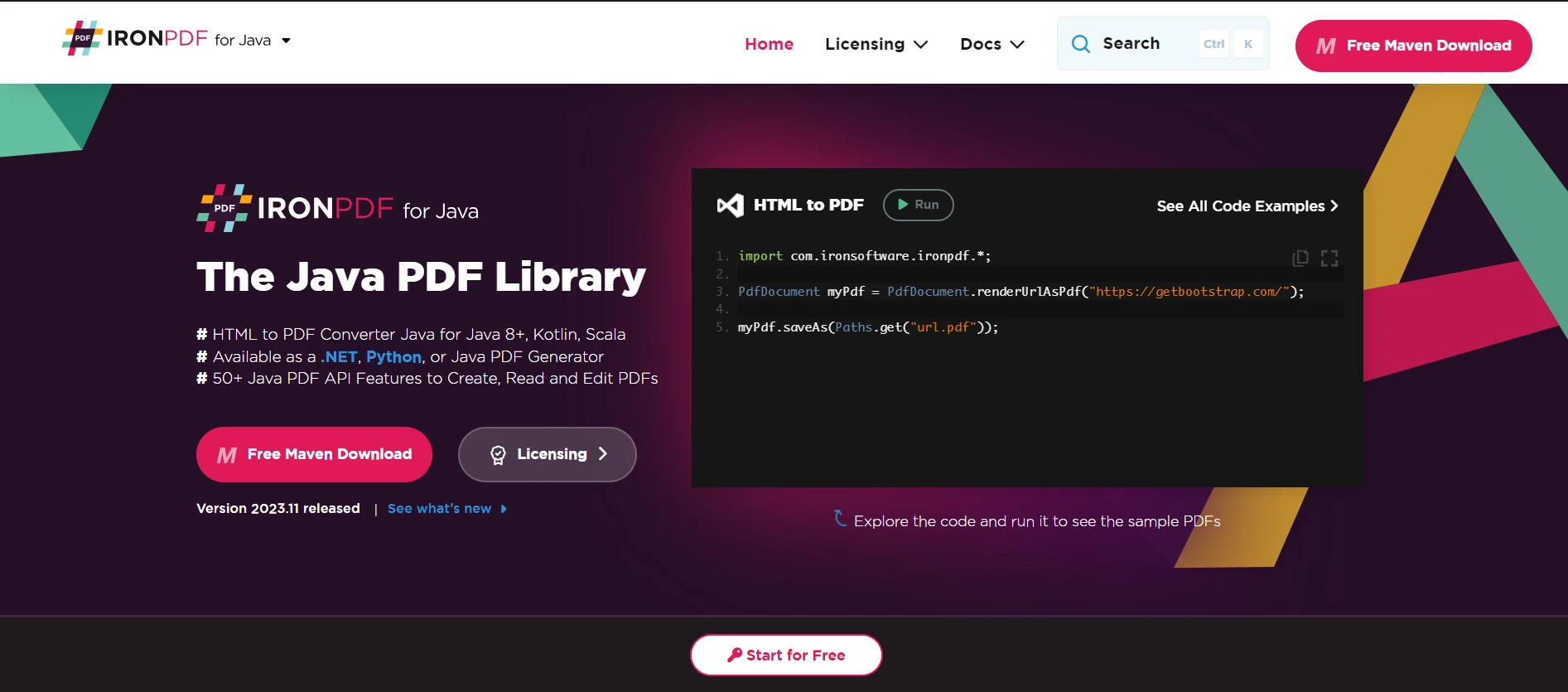Test in a live environment
Test in production without watermarks.
Works wherever you need it to.
Log4j is a highly efficient logging framework developed by the Apache Software Foundation. It is widely used in Java applications for its robust logging capabilities. While many logging frameworks are available, Log4j exceeds in making it easier to control log messages, manage their output, and enhance the debugging process. Using different levels of log messages can provide detailed insights into the application's behavior.
Log4j's functionality revolves around its config file. This file, typically named log4j.properties or log4j.xml, allows developers to customize how log messages are processed and recorded. The config file can specify various aspects like log levels, output destinations (like a log file or the console), and the format for each log message.
<Configuration>
<Appenders>
<Console name="Console" target="SYSTEM_OUT">
<PatternLayout pattern="%d{HH:mm:ss} [%t] %-5level %logger{36} - %msg%n"/>
</Console>
</Appenders>
<Loggers>
<Root level="debug">
<AppenderRef ref="Console"/>
</Root>
</Loggers>
</Configuration>Log4j classifies log data into different levels: DEBUG, INFO, WARN, ERROR, and FATAL. This categorization helps in filtering and segregating log messages, such as a warning or error message, based on their severity, making the debugging process more efficient.
import org.apache.log4j.Logger;
public class MyClass {
final static Logger logger = Logger.getLogger(MyClass.class);
public static void main(String [] args) {
logger.info("This is an info log message");
logger.error("This is an error log message");
}
}Log4j supports multiple output destinations, or 'appenders', such as files, consoles, GUI components, or even remote servers and databases like SQL Server. It provides the flexibility to log different types of messages to different appenders.
To start using Log4j, developers can add it to their project via a package manager console like NuGet package manager for .NET or Maven for Java. After installation, the key step is to create and configure the Log4j configuration file.
In the application, a log statement is written by declaring a logger instance and invoking logging methods like logger.debug(), logger.info(), or logger.error(). These statements can incorporate structured logging to provide detailed insights.
public class Application {
private static final Logger logger = Logger.getLogger(Application.class);
public static void main(String [] args) {
logger.debug("Debug message");
logger.info("Info message");
}
}In the static void main method, Log4j can be configured to capture essential startup messages or exceptions. This ensures that logging is active from the beginning of the application's lifecycle.
public static void main(String [] args) {
if (logger.isDebugEnabled()) {
logger.debug("Starting application...");
}
// Application logic here
}In Log4j, configuring the conversionPattern in the configuration file offers a level of customization in log formatting, similar to the flexibility with how you configure layout type log4net.layout.PatternLayout in log4net.
Whether it's a simple console application project or a complex application in Visual Studio, Log4j seamlessly integrates and ensures that logs are consistently formatted and managed across different platforms.
Regular monitoring of log files is essential. This can be done using scripts or tools that scan log files for unusual patterns or error messages and aid in proactive troubleshooting.
Using the latest version of Log4j, such as version 1.0 encoding UTF-8, ensures that the logging system is efficient and secure against potential vulnerabilities.
Effective logging involves using appropriate log levels and crafting log statements that are both informative and relevant. Avoid verbose logging, which can clutter log files and hinder performance.

IronPDF Java is a versatile library developed by Iron Software. It is designed for software engineers working with Java to create, edit, and extract PDF content in their projects. IronPDF excels in generating PDFs from various sources, which include HTML, URLs, JavaScript, CSS, and various image formats. It also allows the addition of headers/footers, signatures, attachments, and the implementation of passwords and security features in PDFs.
Integrating IronPDF Java with Log4j can enhance the functionality and efficiency of Java applications, especially in areas requiring detailed logging and documentation. For instance, in applications that generate reports or logs in PDF format, IronPDF can be used to create these documents. At the same time, Log4j can be utilized to log the processes involved in the generation, modification, or any errors occurring during these operations.
Integrating IronPDF Java with Log4j in Java applications can lead to more robust and efficient solutions, especially in scenarios requiring detailed logging and dynamic PDF generation or manipulation. This integration not only streamlines the development process but also enhances the overall functionality and reliability of the application.
IronPDF offers a free trial for developers to explore its features and capabilities. For continued use and access to full features, licenses start from $749.
9 .NET API products for your office documents








